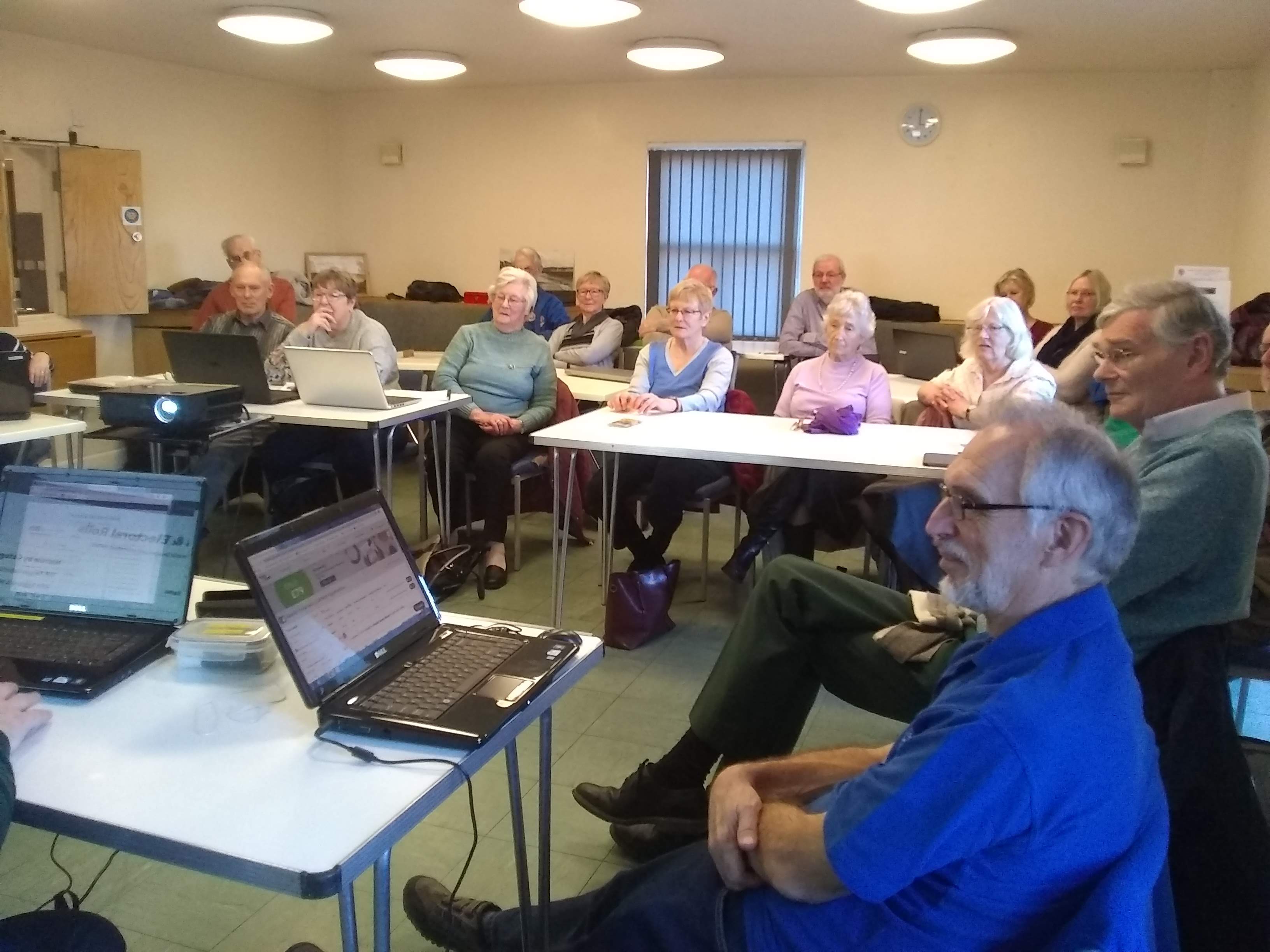NORTH EAST ESSEX BRANCH - COLCHESTER

REPORTS OF MEETINGS
12 March 2022
Exploring Your Ancestor’s Parish Church and Churchyard
by Celia Heritage
Celia's objective with her presentation was to help family historians extend their knowledge when visiting church and churchyards so that they can gain a greater insight into the lives of our ancestors.
Celia began by taking us right back to the beginning of Christianity and described how it had evolved up to medieval times at which time lords of the manor had ownership of the parish which included the right to appoint a priest. Lords of the manor were in a better position to convert people to Christianity than religious communities as they had great social and economic power over the local population.
Our speaker reminded us that churchyards were sometimes much older than the church itself and that it was valuable to examine maps to see the extent of the churchyard in the area and how the church fitted into the surrounding area. Churchyards were not enclosed to begin with, and often used to hold fairs and graze sheep, however as the years passed it became common practise to enclose them with a wall or fence.
Celia suggested that when we visit a church we should observe the outside of the building before we enter and look at the larger tombs which gives an indication of the status of the occupants in that community. Very few poor people had a marker of any sort.
Accompanied by illustrated examples Celia demonstrated architectural features of the church both inside and outside. Found inside were items such as the font, rood screens and wall paintings, plus the tombs of high status people which often had very elaborate effigies on the top. The nearer to the altar the higher the status of the dead. People were also interned under the church floor. Before Henry VIII all churches were Roman Catholic where Latin was spoken and imagery helped people understand religious stories as most of the people standing in the nave of the church were illiterate. After the Reformation of the 1530’s churches were painted white inside covering over most of the art work plus many other treasurers were destroyed.
Our speaker emphasised that many features of churches and their surroundings were changed over the centuries and a common practice was to clear headstones which were often repositioned around the edge of the churchyard boundary. Nowadays authorities still disturb headstones for ease of maintenance.
Although I am sure most of us have visited parish churches it was very interesting to go over things that we have viewed so often to understand them better.
Thank you Celia for a great talk. Celia’s notes on this presentation can be found on her website
www.heritagefamilyhistory.co.uk under the heading Talks & Courses.
Summarised by Gill Peregrine
Return to Branch Page
© Copyright Essex Society for Family History
